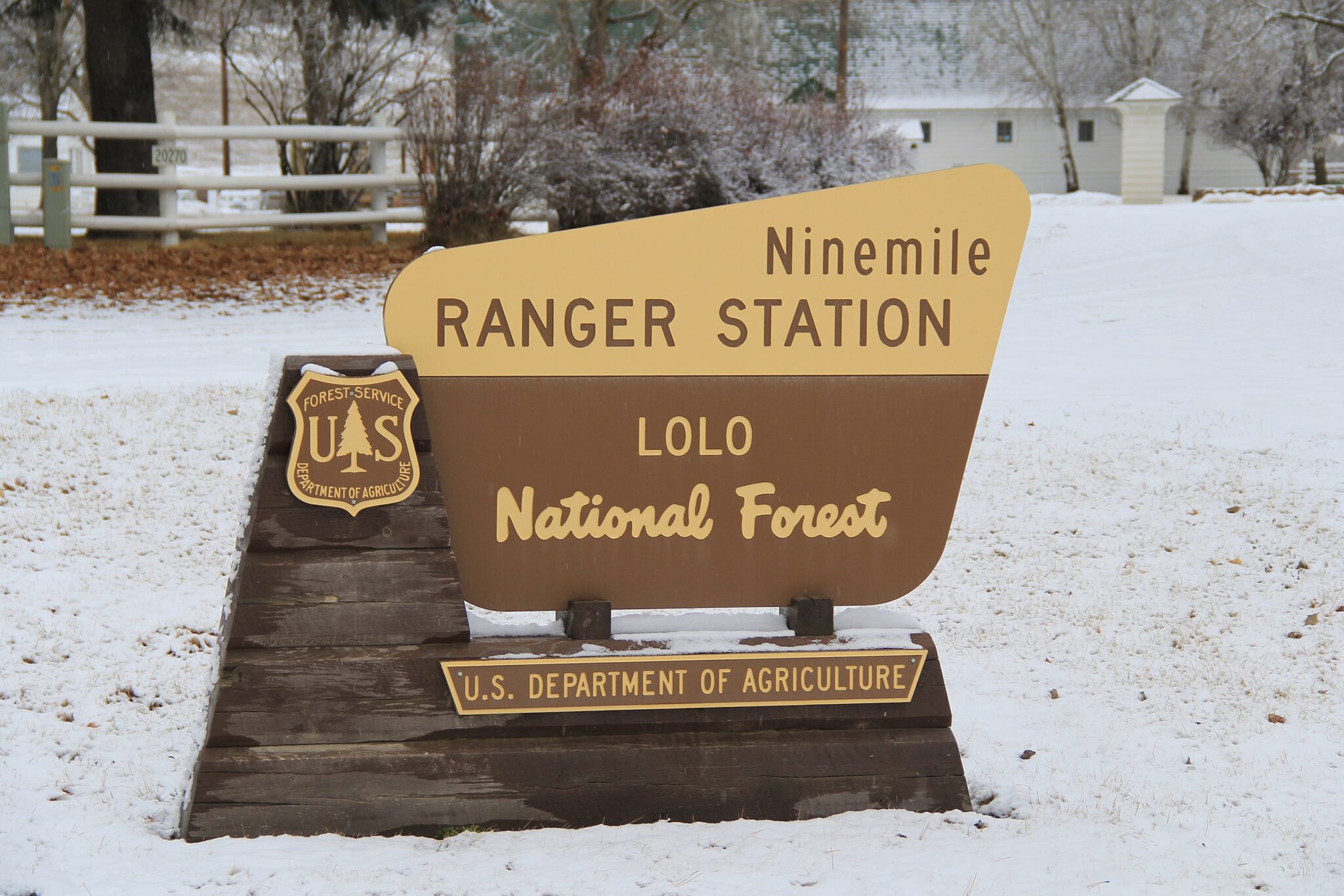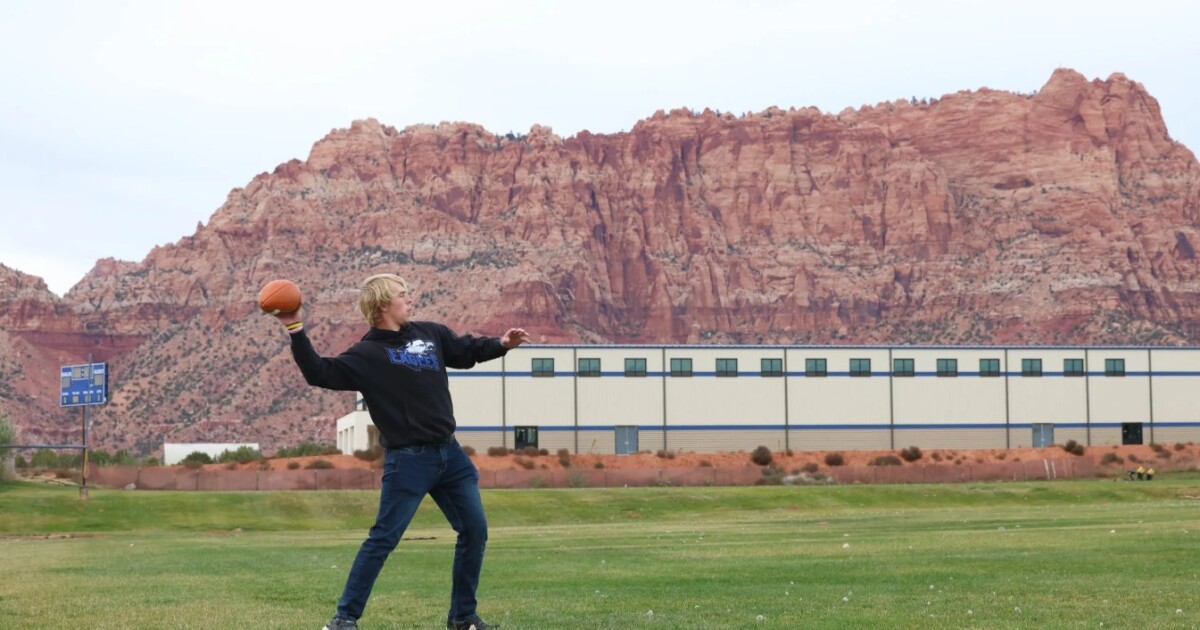An Epic Journey: The Mojave Trail’s Rich Historical Landscape
Deep within the vast expanse of the Mojave Desert lies a path steeped in history and adventure. Known as the Mojave Road today, this trail has served as a vital artery through challenging terrain, initially carved by Indigenous tribes for trading purposes.
The trail’s origins trace back to the Colorado River, marking the boundary between Arizona and California, and stretching all the way to the Pacific Ocean. The Mojave tribal peoples once traversed this route to exchange goods between the desert and the coast, a testament to its historical significance.
Spanning nearly 150 miles, the most well-preserved segment of the Mojave Trail extends from the Colorado River near today’s Needles, California, to the Mojave River’s edge near Barstow. This section, coursing through the Mojave National Preserve, is a living museum of natural beauty and cultural heritage.
Adventurers on this trail encounter a variety of remarkable sights, including the iconic Joshua tree forests, mesmerizing lava tubes, and ancient petroglyphs left by American Indians. Along the way, remnants of military history, such as Fort Piute and Camp Cady, stand as silent witnesses to the past, where they once safeguarded settlers during America’s westward expansion.
Those daring enough to venture along the Mojave Trail must prepare for its demanding conditions. With scarce resources like water and fuel, the journey requires careful planning. Yet, it offers an unparalleled experience of the desert’s stark beauty, where travelers can witness extremes from blistering heat to frigid nights. This trail is more than a physical journey; it is a passage through time, echoing the enduring spirit of its early travelers.
This Earth Note was written by Carrie Calisay Cannon and produced by KNAU and the Sustainable Communities Program at Northern Arizona University.
—
Read More Arizona News










